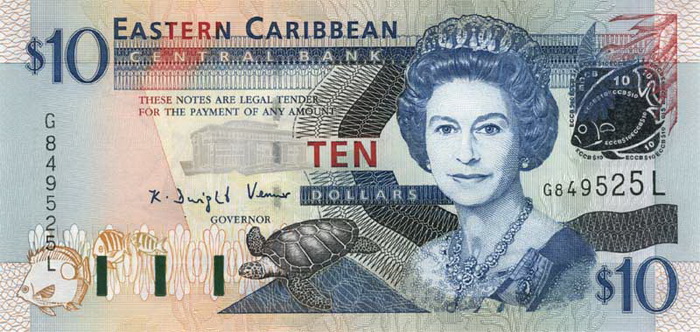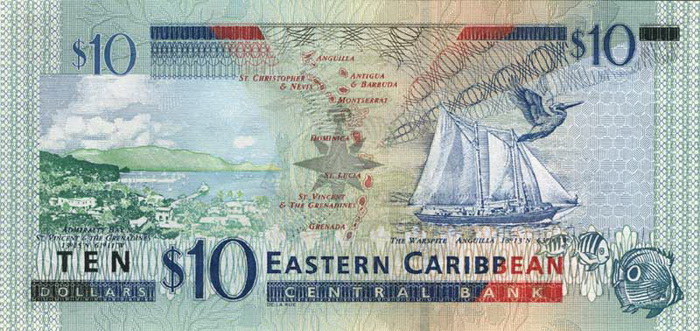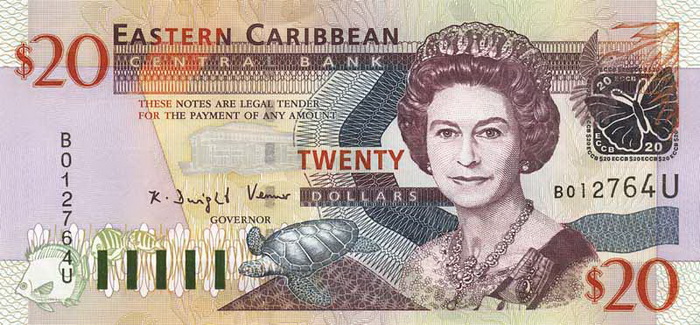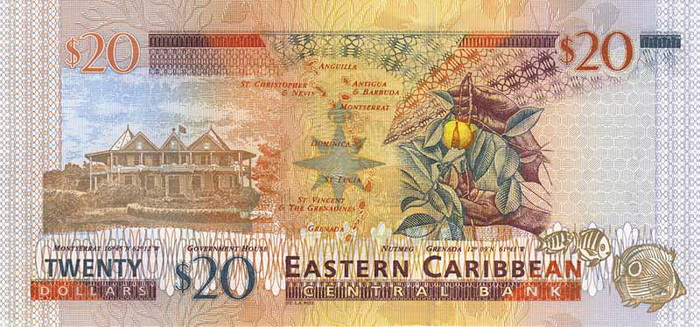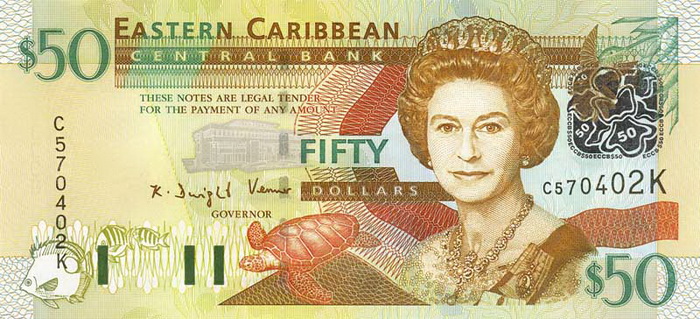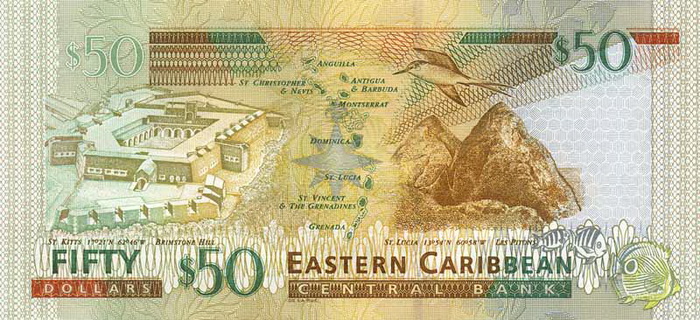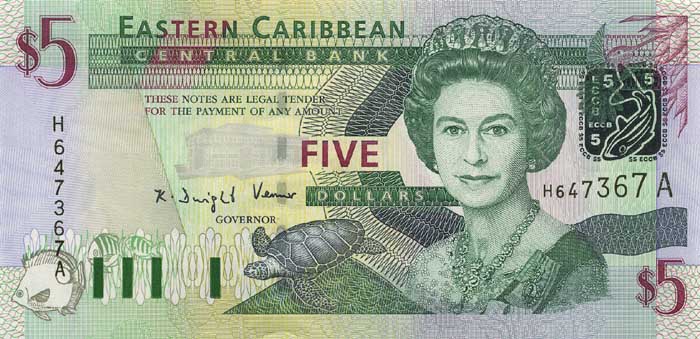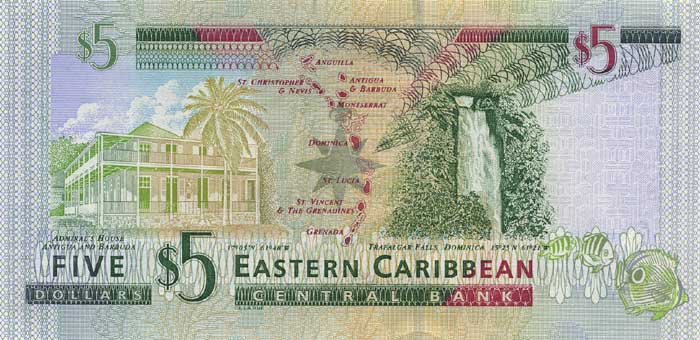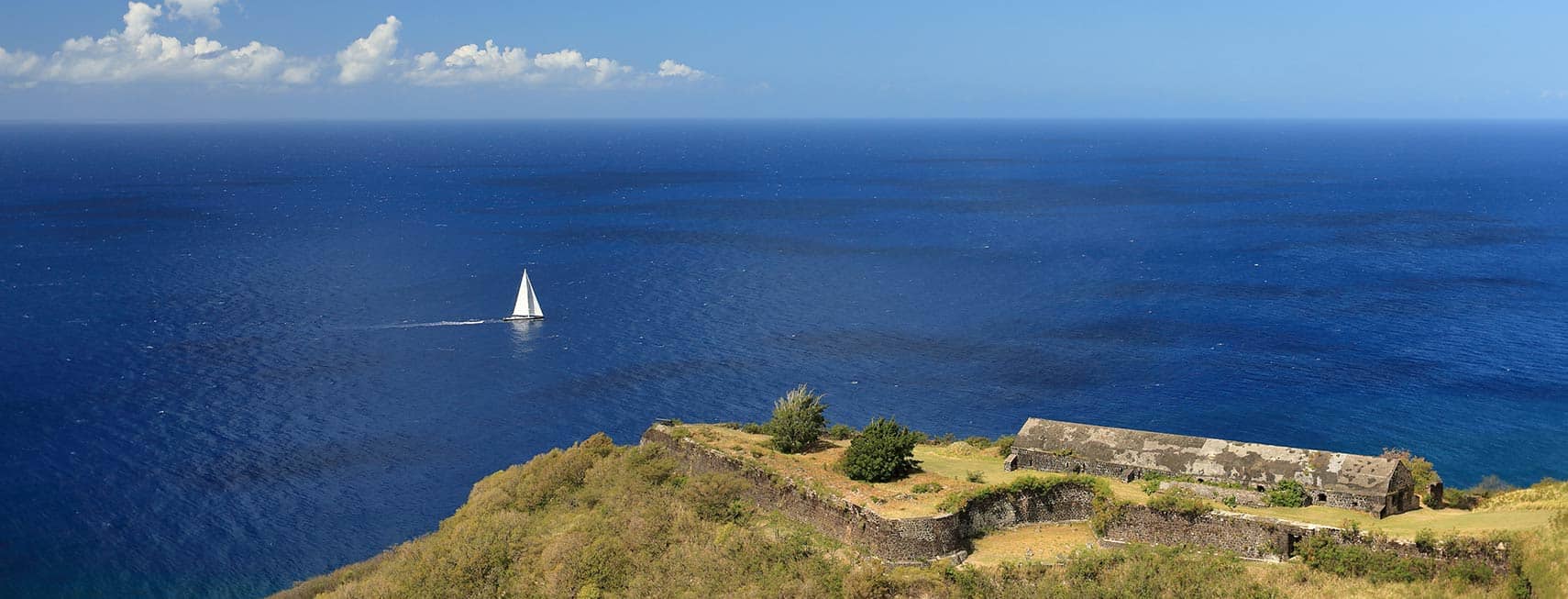Discovering the Allure of Saint Kitts and Nevis
Saint Kitts and Nevis, officially known as the Federation of Saint Christopher and Nevis, consists of two stunning islands nestled in the Caribbean Sea. These tropical paradises lie approximately 400 km east of Puerto Rico. Historically, they formed part of a British colony in the West Indies from 1882 until 1983, a period during which they were referred to as the Saint Christopher-Nevis-Anguilla colony. Today, this remarkable nation stands as the smallest sovereign state in the Americas, both in size and population.
Geographical Features of Saint Kitts and Nevis
Covering a combined area of just 261 km², these islands exhibit striking volcanic origins. Towering peaks draped in lush tropical rainforests dominate the landscape, with Mount Liamuiga on St. Kitts rising majestically to 1,156 meters. The geographical variations not only contribute to the beauty but also create unique environments for diverse flora and fauna. From the rugged mountainous interiors to the serene beaches, every corner of Saint Kitts and Nevis offers captivating scenes ideal for exploration.
A Rich Tapestry of History
The history of Saint Kitts and Nevis is as rich as its natural scenery. The British first settled here in 1623, and by 1816, the islands had formed a single British colony along with Anguilla and the Virgin Islands. Gradually, Saint Kitts and Nevis transitioned toward autonomy, achieving a significant milestone in 1967 when they became an associated state. Notably, Anguilla's desire for independence led to its secession in 1971. Ultimately, Saint Kitts and Nevis declared its independence in 1983, marking the beginning of a new chapter.
Demographics and Culture
With a population of roughly 52,000 inhabitants, Saint Kitts and Nevis boasts a rich cultural blend. The capital city, Basseterre, founded in 1627, serves as the heartbeat of the islands. English remains the official language, while Creole is also widely spoken. This linguistic diversity showcases the islands' multifaceted cultural heritage, which features a mix of African, European, and indigenous influences. The predominantly black population also includes individuals of British, Portuguese, and Lebanese descent, contributing to the vibrant culture of this duo of islands.
Economy and Industries in Saint Kitts and Nevis
Saint Kitts and Nevis's economy primarily thrives on sugar cultivation and tourism. Historically, sugar played a vital role in the economic landscape, but tourism has steadily grown in prominence, attracting visitors with its pristine beaches and tropical climate. In fact, the islands have become a popular destination for travelers seeking sun-soaked vacations and adventurous activities. Furthermore, Saint Kitts and Nevis houses the largest electronics assembly industry in the Eastern Caribbean, diversifying its economic portfolio beyond agriculture.
Government Structure Overview
The political framework of Saint Kitts and Nevis operates as a constitutional monarchy, characterized by a Westminster-style parliament. The islands' head of state is Queen Elizabeth II. Following their independence from the United Kingdom on September 19, 1983, the local government began to take greater control over its affairs, shaping its destiny in the region. The islands exercise their sovereignty while maintaining ties with their historical roots.
Understanding the Geography and Climate
Location and Terrain
Geographically, Saint Kitts and Nevis holds a prime position in the Caribbean, located about one-third of the way between Puerto Rico and Trinidad and Tobago. The terrain exhibits volcanic origins, featuring a mountainous landscape, which not only offers breathtaking views but also provides a plethora of activities for nature enthusiasts.
Climate Characteristics
The climate in Saint Kitts and Nevis remains tropical, providing consistent sea breezes that temper the temperatures. Consequently, seasonal variations in temperature remain minimal. The rainy season stretches from May to November, signaling necessary moisture for the lush greenery to thrive. Tourists can expect warm weather almost year-round, making it a preferred destination for those seeking a tropical getaway.
Population and Education
As of 2011, the population of Saint Kitts and Nevis reached approximately 52,000. The nationalities of residents include Kittitians and Nevisians, reflecting the local identity and pride. Remarkably, the islands boast a literacy rate of 96%, highlighting the focus on education. Access to quality education has empowered residents to partake in various sectors, further enriching the nation.
Agricultural Wealth
Natural resources play an essential role in the economy of Saint Kitts and Nevis, with arable land, sugar, cotton, salt, and copra among the notable resources. The agricultural landscape flourishes with products such as sugarcane, yams, vegetables, and vibrant fish catches. The rich soil and favorable climate contribute to successful agricultural endeavors, sustaining both local markets and export opportunities.
Trade Dynamics
The economic framework is further bolstered by diverse industries, including agriculture, tourism, clothing, beverages, and salt production. Exports from Saint Kitts and Nevis primarily include machinery, food, electronics, beverages, and tobacco. Notably, the United States accounts for approximately 44.4% of the islands' export partners, followed by Poland and Bangladesh. Conversely, essential imports consist of machinery, food, and fuels, with the US, Trinidad and Tobago, and Barbados as primary partners.
Ultimately, the elegance of Saint Kitts and Nevis, intertwined with its rich history and diverse culture, presents an inviting atmosphere for both residents and visitors. Whether travelers seek adventure in the lush landscapes, relaxation on the beautiful beaches, or a deep dive into the islands' history, Saint Kitts and Nevis offers a unique blend of experiences that captivate the soul.
Largest cities of: Saint Kitts and Nevis
| City Name | Population | Year of foundation | |
| Basseterre | 13,100 | 1627 | |
| Charlestown | 2,000 | 1624 |
Saint Kitts and Nevis: Money
